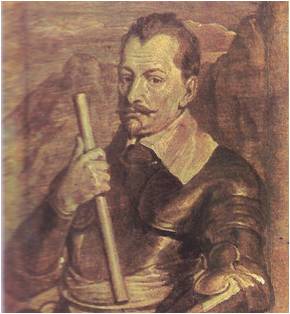Czechoslovakia was a country of many peoples. The largest groups were the Czechs and the Slovaks, but in the region called Sudetenland lived 3,000‚000 Germans. Although Sudetenland had never belonged to Germany — it had once been under the rule of Austria — Hitler was determined to “bring the Sudeten Germans home.” The Nazis had been active in Sudetenland for some time and after Hitler took over Austria they became busier than ever. Throughout the spring and summer of 1938, the Sudeten Germans made demands on the Czech government. In Germany, there were threatening troop movements. Hitler also began the …
Read More »Germany under the Nazis 1933 – 1939
IT WAS almost midnight in Berlin — a strange hour for a parade in any city, but down the street called Unter den Linden paraded thousands of students, carrying torches that flickered in the darkness. In the big square near the University of Berlin, they gathered around a great pile of books. They cheered as the books were set on fire and flames rose toward the sky. For this was the night of May 10, 1933 — less than five months since Hitler had become head of the government — the night when books were being burned in a number …
Read More »Revolution in a Beer Hall 1923 – 1924
ON NOVEMBER 8, 1923, about three thousand men were sitting at the tables of a large beer hall on the outskirts of Munich. They had come this evening not just to drink beer; they were to hear a speech by Gustave von Kahr. He was the head of the government of Bavaria, one of the states of Germany. Conditions had been bad in Germany since the end of World War I and Kahr’s audience was anxious to learn what the government intended to do. Kahr was still speaking when there was a commotion at the back of the ball. Several …
Read More »The War Spreads 1625 -1648
THE BLOOD-LETTING in Germany aroused new ambitions in many of the kings of Europe. In Denmark and Sweden, the strong Protestant king: who were taming opposition at home began looking to Germany as a land ripe for conquest. Furthermore, in attacking Germany they were also attacking the hated power of Roman Catholicism. Quickest of all to act was Christian IV, king of Denmark. Christian did not doubt that he was equal to the task. At the age of five he had learned fencing and the use of firearms‚ waking at five each morning and practicing long hours. He became king …
Read More »


